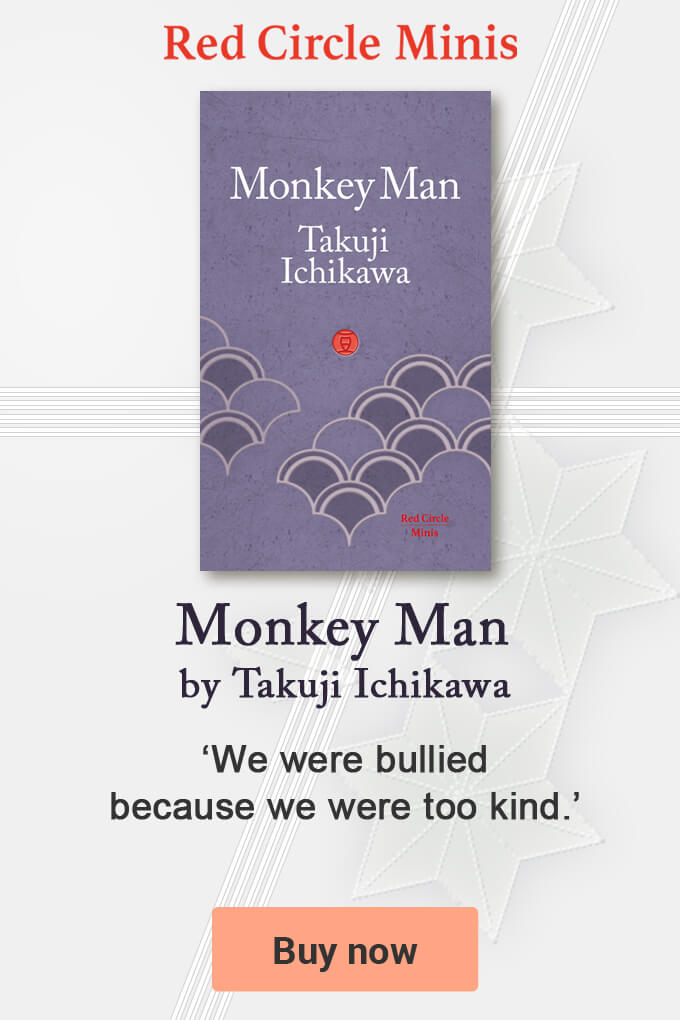Like many who preceded her, travel writer Isabella L. Bird (1831-1904) shares her thoughts and observations about Japanese women, following her first visit to Japan in 1878. She writes the following in her book Unbeaten Tracks in Japan: An account of Travels on Horseback in the interior including visits to the aborigines of Yezo and the Shrines of Nikko and Ise:
“She looked intelligent, restless, and unhappy, and, I thought, chafed under the restraints of custom, as she said that no Japanese women could start for foreign countries alone, and she envied foreigners their greater liberty”.
Bird goes on:
“A very pretty girl, with singular grade and charm of manner, came on and sat down besides her, equally well dressed in silk, but not a legal wife. The senior wife obtains great credit for her kind and sisterly treatment of her, which according to Japanese notions, is the path to true wisdom. There was an attendant in the shape of a detestable “Chin,” something like a King Charles’s spaniel with a broken nose: an artificially dwarfed creature, with glassy, prominent eye, very cross and delicate, and dressed in a warm coat. These objectionable lap-dogs are “ladies’ pets” all over Japan.
“My impression is, that, according to our notions, the Japanese wife is happier in the poorer than in the richer classes. She works hard, but it is rather as a partner than the drudge of her husband. Nor, in the same class, are the unmarried girls secluded, but, within certain limits, they posses complete freedom. Women undoubtedly enjoy a more favourable position than in most other heathen countries, and wives are presumably virtuous. Infanticide is rare. The birth of a daughter is far from being an occasion of mourning, and girls receive the same affection and attention as boys, and for their sphere are equally carefully educated.
“The women of the upper classes are much secluded, and always go out with attendants. In the middle ranks it is not proper for a wife to be seen abroad in her husband’s absence, and, to be above suspicion, many, under these circumstances, take an old women to keep them company.
“There are many painful and evil customs to which I cannot refer, and which are not likely to be overthrown except by the reception of a true Christianity, some of them arising out of morbidly exaggerated notions of filial piety; but even in the past times women have not been “downtrodden,” but have occupied a high place in history. To say nothing of the fact that the greatest of national divinities is a goddess, nine empresses have ruled Japan by “divine right,” and in literature, especially poetry, women divide the foremost places with men.
“Japanese women, who even at the worst, enjoy an amount of liberty, considerate care, and respect, which I am altogether surprised to find in a heathen country. It is even to be hoped that things may not go too far, and that the fear of the Meiroku Zasshi, that “ the power of women will grow gradually, and eventually become so overwhelming that it will be impossible to control it,” many not be realised!”
Another British author, Sherard Vines (1890-1974), who spent longer in Japan and taught for five years at Keio University, a private university in Tokyo, has a very different spin on Japanese women writing in 1931, 50 years later, in his book Yofuku or Japan in Trousers:
“Ugly Japanese women, like ugly French women, are generally able to cultivate some attraction of manner, whereas the English are inclined to submit to any physical shortcomings, and to take refuge in defiance, educational activities, or the writing of popular fiction.”
He also writes: “The few “emancipated: and modernised Japanese women I have had the privilege of meeting were entirely devoid of the aggressiveness and self-conscious masculinity that, in the corresponding Nordic type, is sometimes so trying; and they where wholly delightful”.
In between the publication of these two books, and even today, much is written, recorded, broadcast and published about Japanese women, some of it well researched that, in a similar manner to Bird, alludes to the fact that the reality is often far more complex than generally imagined and different across different sections of society.
An interesting example that highlights these complexities penned by a Japanese author, Toshiaki Tachibanaki, is The New Paradox for Japanese Women: Greater Choice, Greater Inequality, for instance, which looks at how contemporary women have been polarised into elite and non-elite in the name of diversity and freedom of choice, and the impact that employment and marriage status can also play on modern gender roles. But much is still flippant, superficial and headline grabbing.
That said, Bird’s book, Unbeaten Tracks in Japan, written when she was 47 and published by G. P. Putnam’s Sons New York in 1881, as well as the story of her travels in Japan in 1878, was launched as a Japanese manga in 2015, Isabella Bird in Wonderland: Unbeaten Tracks in Japan, Fushigi no Kuni no Bādo, creating a new type of legacy for her and her observations of more than a century ago. A bilingual Japanese-English edition also exists.
Writing about the plight of women in Japan is not a new trend. In the 1870s visitors to Japan were already pontificating on the topic in print
[UPDATED: 8-4-2023]
© Red Circle Authors Limited
Writing about the plight of women in Japan is not a new trend. In the 1870s visitors to Japan were already pontificating on the topic in print
Posted by

